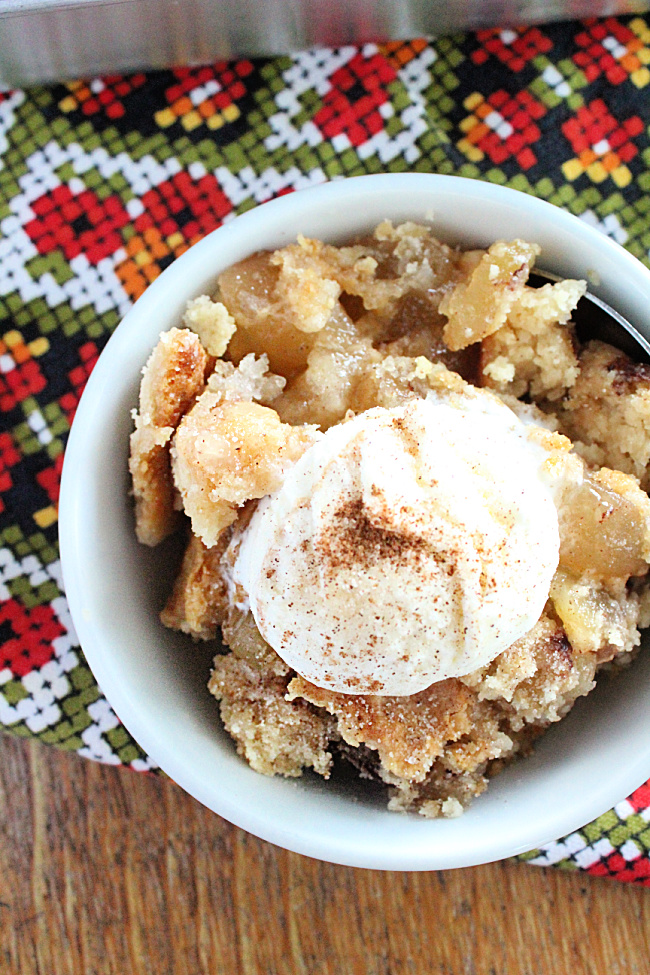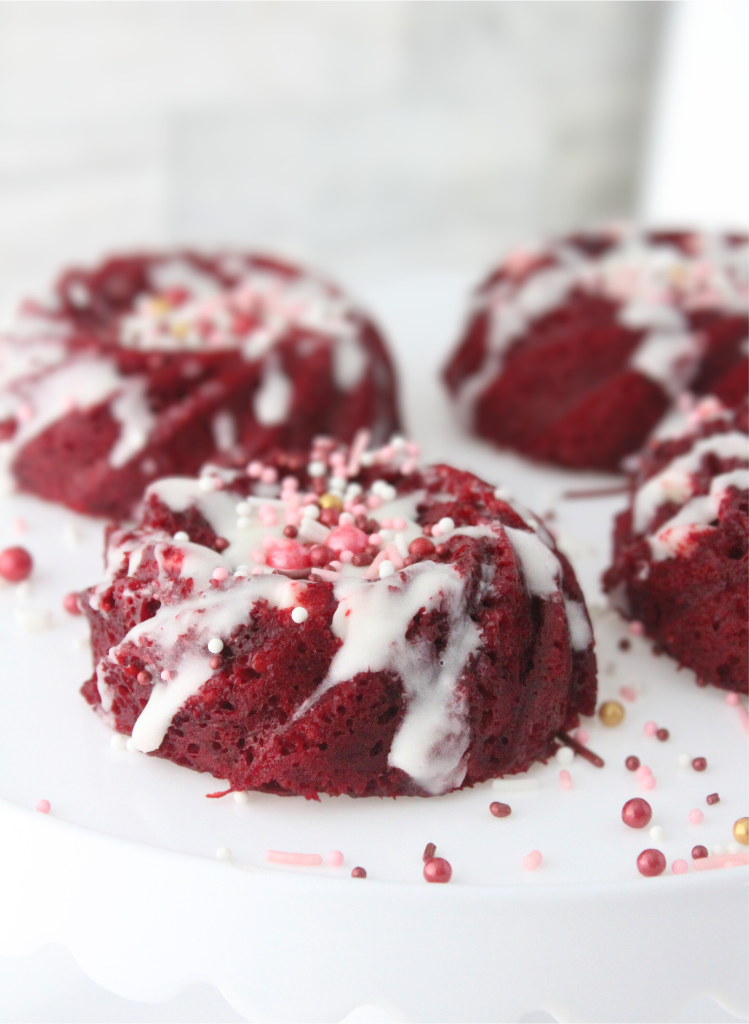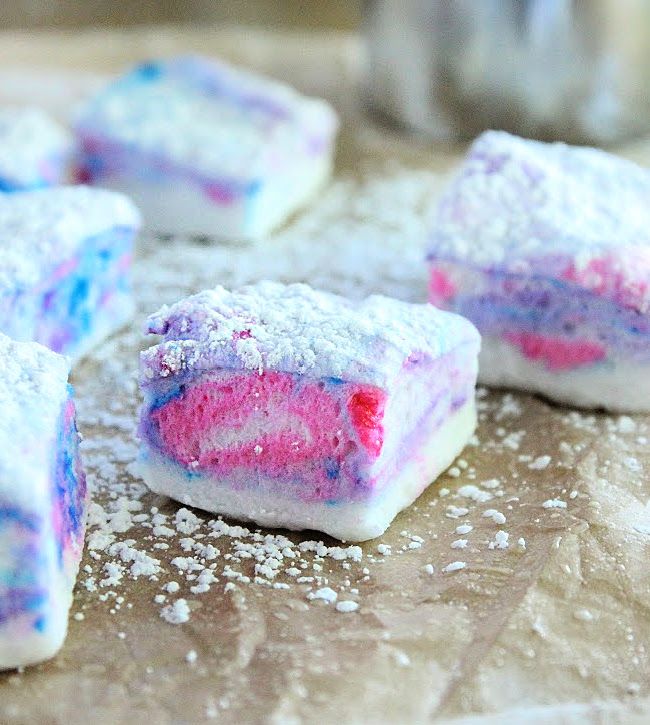9 Reheated Halloween Leftovers That Taste Brand New
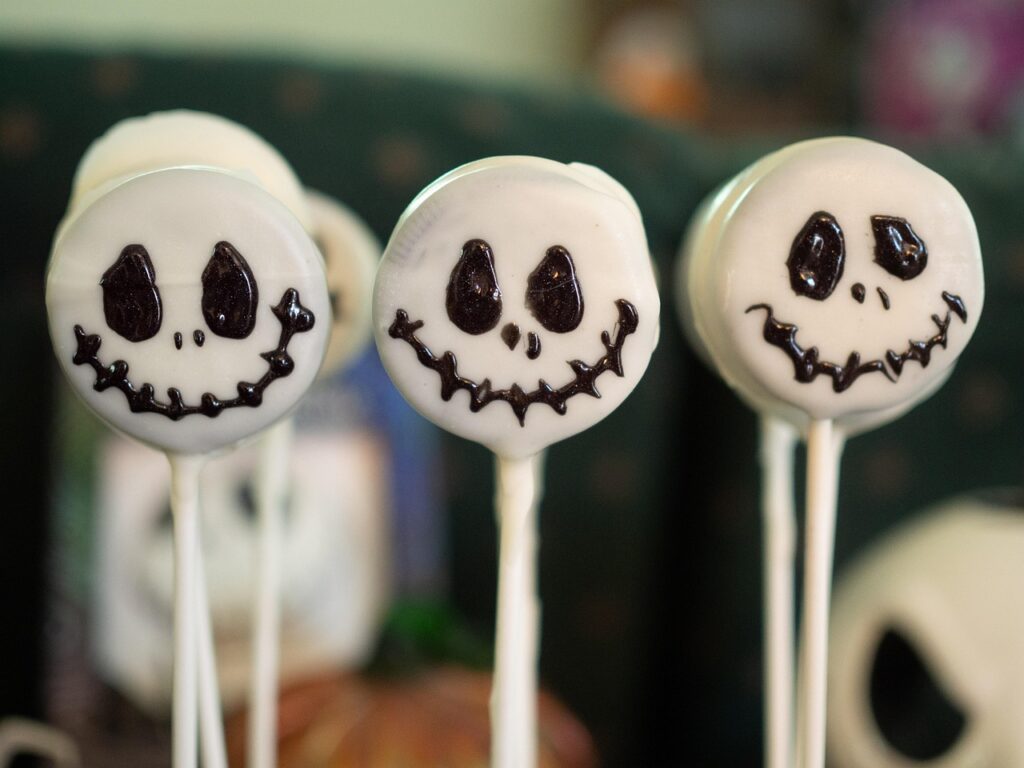
Halloween leaves behind a sweet dilemma: piles of candy that lose their excitement after a few days. But instead of letting it go stale or giving it away, there’s a better way to bring it back to life. With a few clever kitchen tricks, those leftover treats can turn into fresh desserts, snacks, and party-worthy sweets. From candy-studded cookies to ice cream sundaes with personality, these ideas prove that leftovers don’t have to taste like leftovers at all.
1. Candy-Bar Cookie Bars: turn chopped candy into new life

Take leftover bars, chop them into uneven chunks, and fold them into a sturdy cookie or blondie batter. The candy softens and pockets of goo form as the bars gently melt in the heat, creating texture contrasts that read fresh instead of recycled. For best results, freeze large chunks briefly so they hold shape during mixing, then press a few on top for a photo-ready finish. Bake until edges are set and center is just shy of fully done; the carryover heat finishes the interior without burning sugars. Slice warm for slightly melted centers, or cool and cut for tidy squares that transport well to gatherings.
2. Melted Candy Glaze: make simple desserts sing
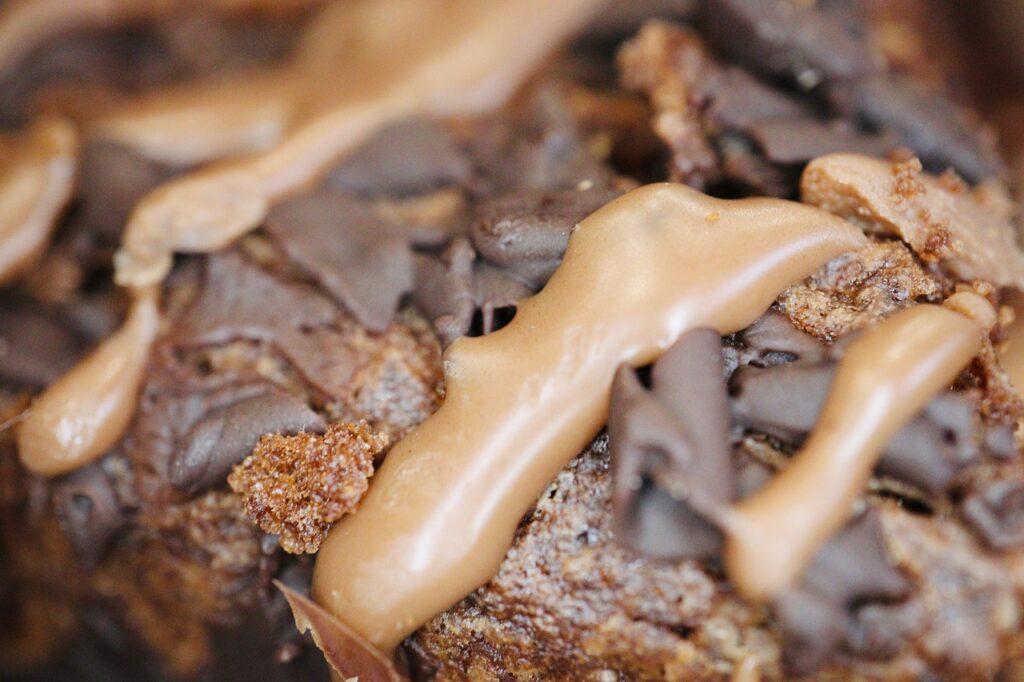
Melting leftover chocolates or candy corn into a glossy glaze is a low-effort upgrade for sheet cakes, brownies, or pound cake. Chop candy into small, uniform pieces and melt gently over low heat or in short microwave bursts, stirring until smooth. If the mixture seems grainy, a teaspoon of neutral oil or a splash of cream can bring silkiness back. Pour the warm glaze over cooled baked goods so it sets with a glossy sheen. The technique works with single candies or blends and lets you control sweetness by thinning with citrus juice or coffee to balance the sugar.
3. Candy-Topped Ice Cream: Create instant sundaes
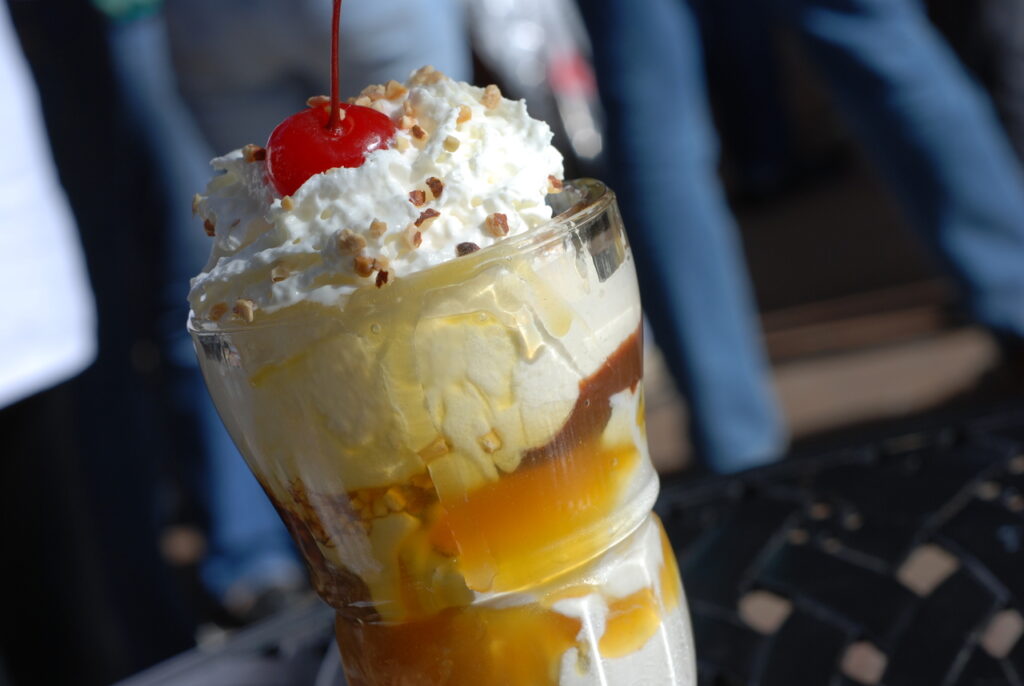
Leftover candy bits are perfect for transforming plain ice cream into a specialty sundae. Chop or crush bars, cookies, and hard candy into a mix of shards and dust, then sprinkle over soft or scooped ice cream. For an elevated effect, warm a small amount of chopped chocolate and drizzle it over the scoops before adding the candy; the warmth slightly melts the chips and helps pieces adhere. For no-churn ice cream, fold candy into the base just before freezing so you get distributed pockets of texture. Store extra mix separately to prevent moisture transfer.
4. Candy Decorations for Cupcakes and Cookies: small touches, big payoff
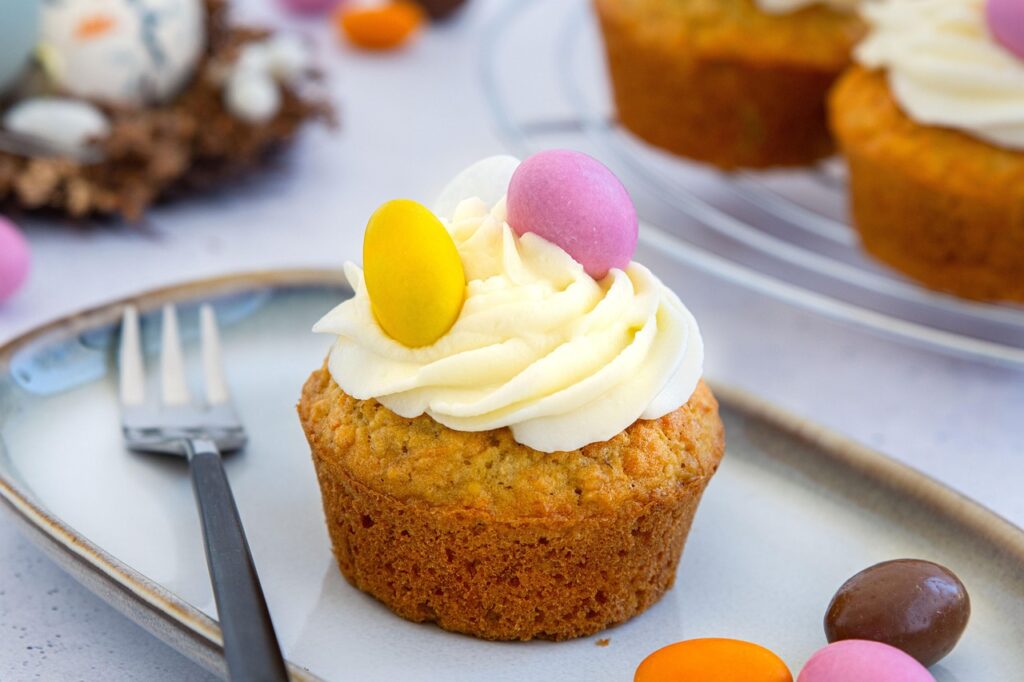
Use candy pieces to decorate cupcakes and cookies, turning leftover sweets into deliberate design elements. Melt a small dab of chocolate to act as edible glue, then press candy on top of frosting or into raw cookie dough before baking for embedded surprises. For a polished look, pair colors and shapes, small candies as eyes, larger chunks as hats or roofs, and keep a light hand so the sweets complement rather than overwhelm. This method minimizes waste, controls portions, and offers a fun activity for kids who can help place decorations under supervision.
5. Snack Mix and Trail Mix: stretch candy across many servings
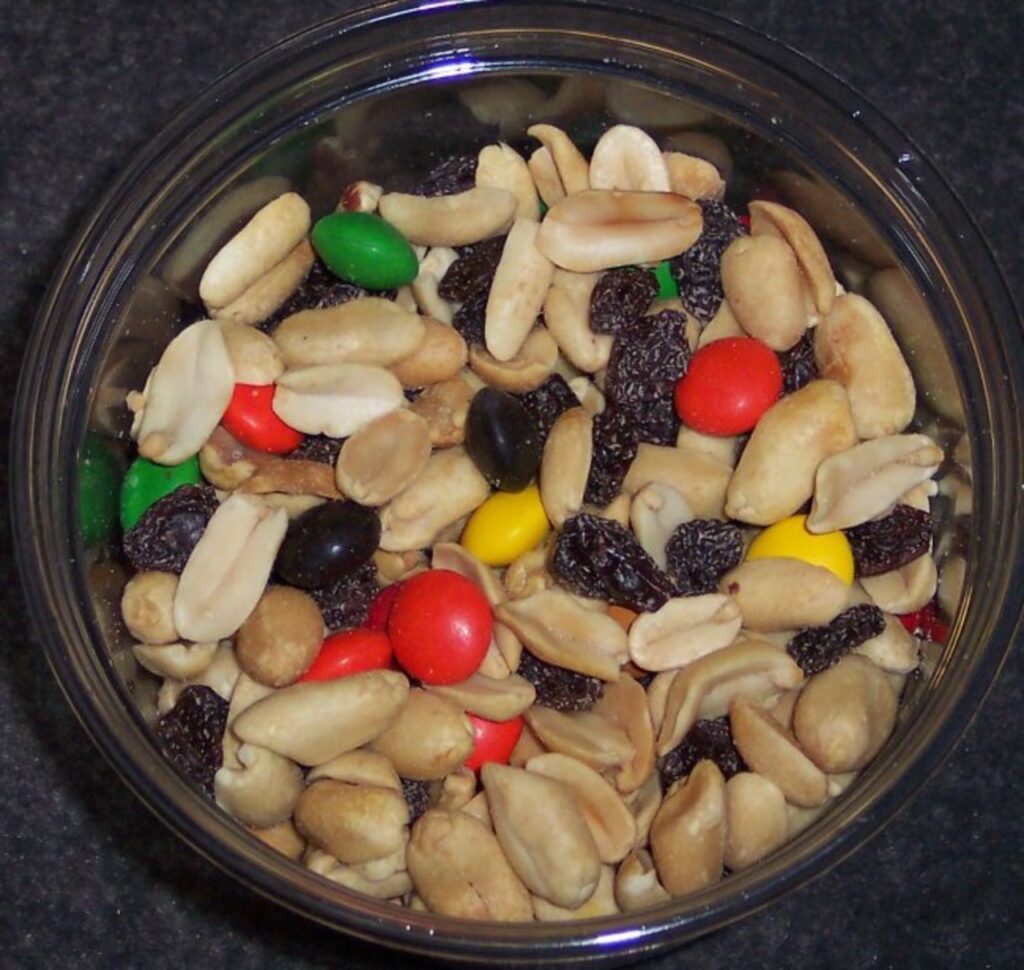
Mixing candy into a savory or neutral base multiplies servings and balances sugar with fat and protein. Start with air-popped popcorn, toasted nuts, pretzels, or cereal, then fold in small candy pieces for color and occasional sweetness. Maintain a ratio of roughly three parts savory to one part candy so the mix stays snackable, not dessert. Portion into small cups or resealable bags for easy handouts at movie nights. The crunchy base keeps candies from clumping and reduces the temptation to overindulge while making a modest candy stash feed more mouths.
6. Candy Parfaits and Dessert Bowls: layered and deliberate
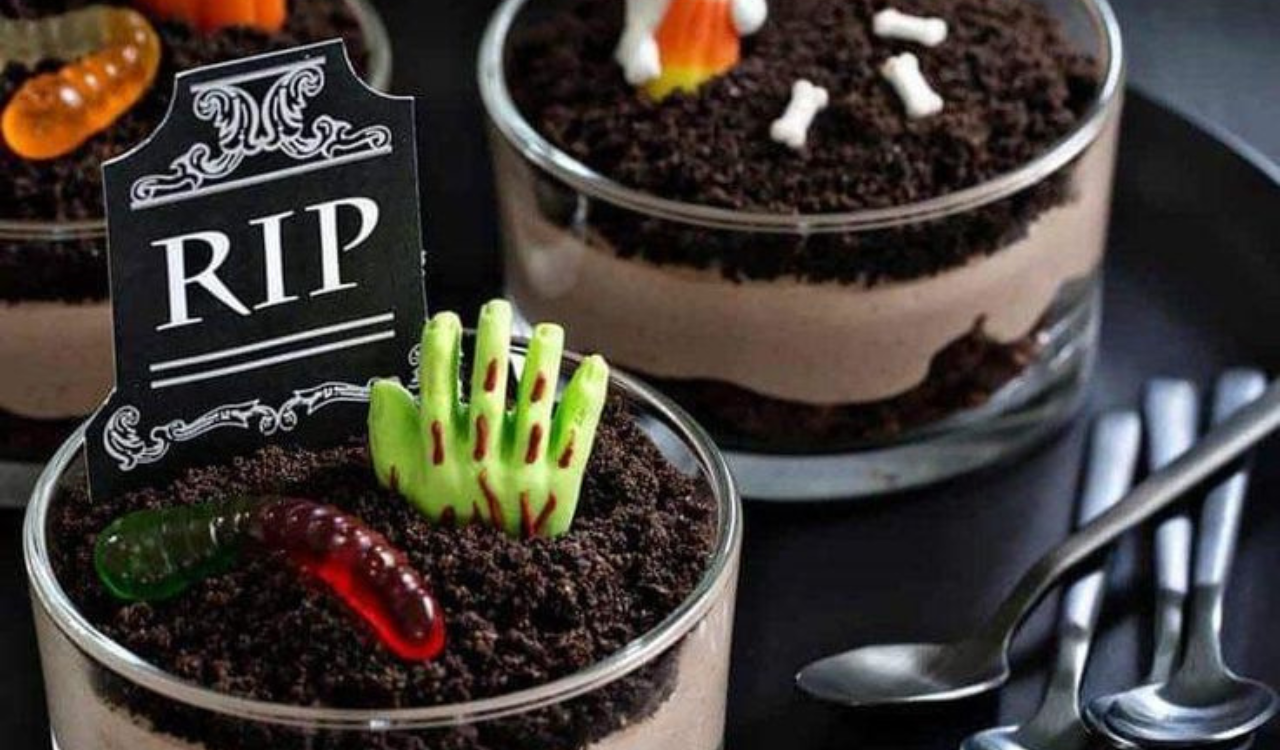
Layering candy with pudding, yogurt, or whipped cream creates a composed dessert that tastes fresh because textures alternate in every spoonful. Build in glassware so layers show: a base of cookie crumbs, a layer of chocolate pudding or vanilla yogurt, a scattering of chopped candy, then repeat. Add toasted nuts or a fresh fruit layer to cut the sweetness. Parfaits can be assembled ahead and chilled; add the final candy layer just before serving to maintain crunch. This repurposing feels intentional and controlled, not like a sugar dump, which makes leftovers pleasant for adults and kids alike.
7. Freeze Candy Chunks for Baking: control melt and texture

Freeze chopped candy before folding into batters for brownies, muffins, or skillet cookies to limit complete melt during baking. Frozen chunks survive longer in the oven, creating pockets of softened, not liquefied, filling that are easier to slice and serve. For particularly soft centers like caramel, wrap small pieces in foil before freezing to prevent them from bleeding into the batter. Toss frozen candy briefly in a dusting of flour before adding to wet batters to help suspend pieces during baking. The result is an even distribution of flavor and a neat, professional look.
8. Reheat Baked Goods with Candy Mix-Ins: refresh and reimagine
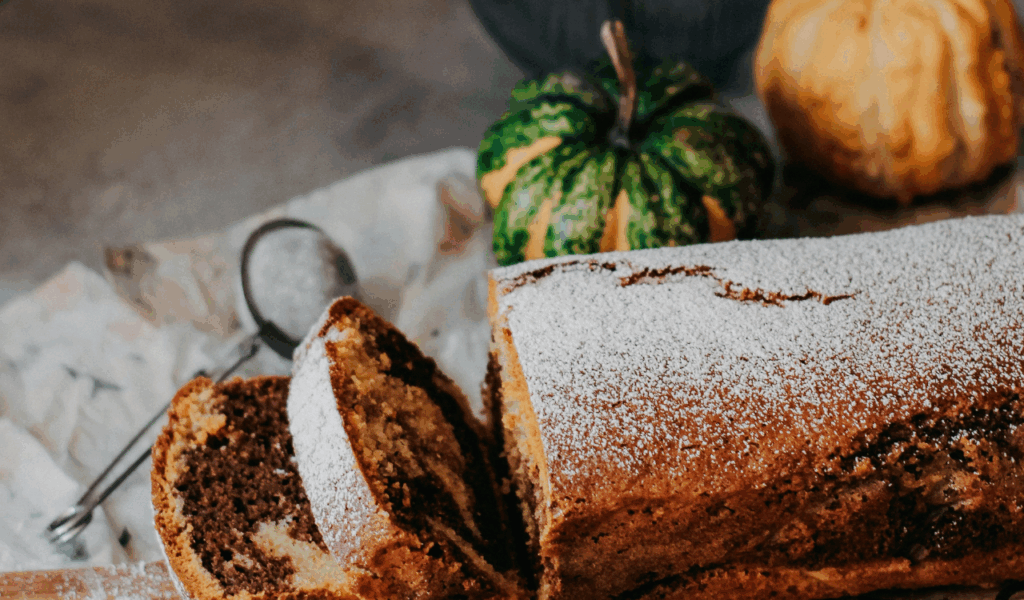
Leftover breads and quick bakes transform with a candy upgrade when reheated. Slice stale or day-old loaves into cubes for bread pudding and fold in chopped candy before baking so pieces soften without losing identity. For muffins and scones, top with a handful of candy shards and warm briefly in an oven or toaster oven to slightly melt the pieces into a glossy finish. The heat lures out flavors and resets texture, making yesterday’s goods feel newly made. Serve warm with cream or a scoop of ice cream for maximum comfort factor.
9. Candy-Studded Skillet Desserts: shareable and dramatic
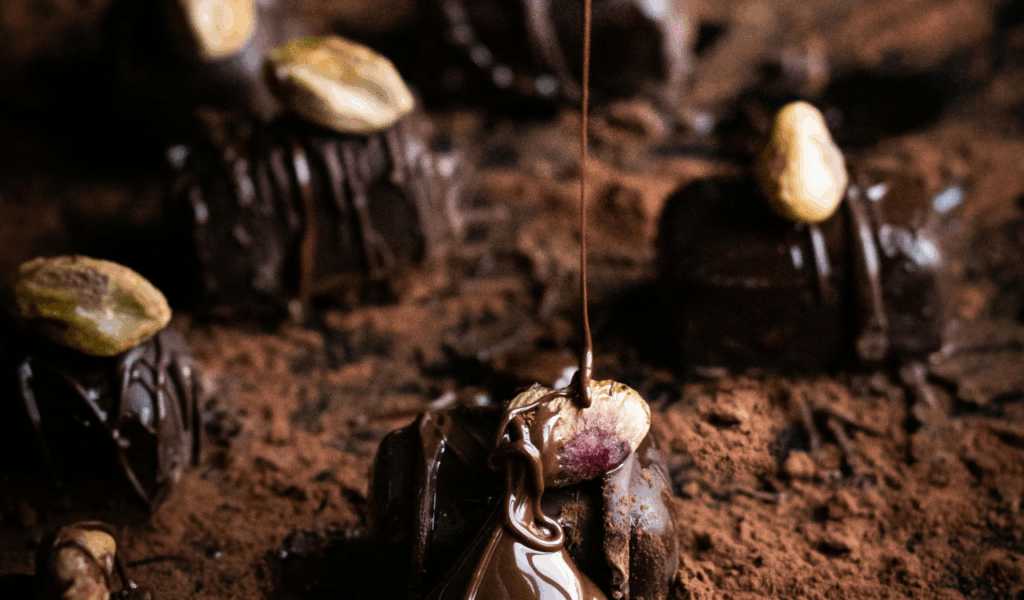
Skillet cookies, brownies, or cobblers are ideal for repurposing candy because they bake quickly and serve straight from the pan to the table. Fold in frozen or room-temperature candy chunks into batter, then bake until the top forms a crackled crust and the interior remains gooey. For a theatrical finish, add large candy pieces on top in the last two minutes of baking and broil briefly to caramelize them. Skillet desserts are forgiving, feed a crowd, and the softened candy weaves into the dessert’s matrix so each spoonful tastes intentional and fresh, not like leftovers.

